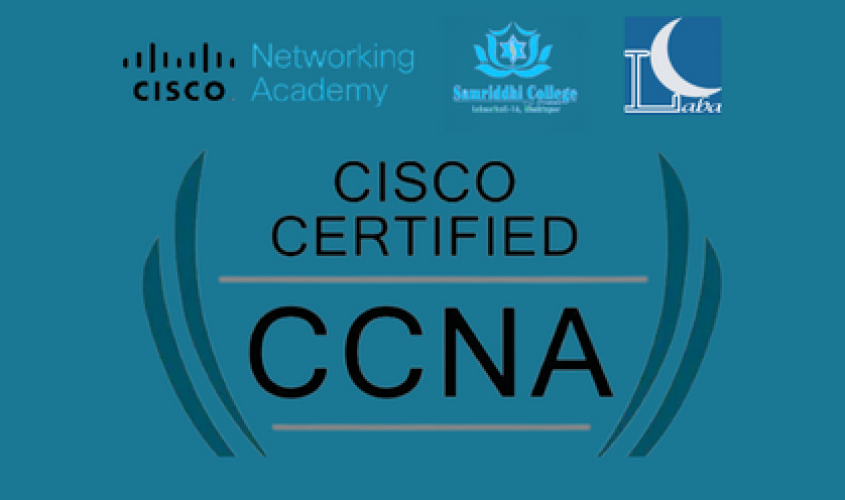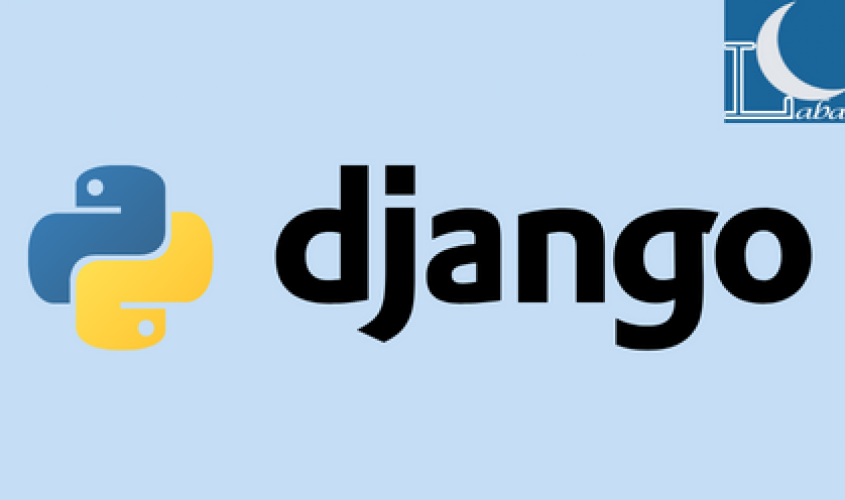.png)
As evidence of the current popularity of digital currency, Facebook recently announced that it would be releasing its own "crypto" token. In addition, a number of central banks have been prompted by the rising acceptance of digital currency to think about creating their own version. This article examines central bank digital currency in detail (CBDC). You're not alone if you categorize the money in your wallet into two categories: actual currency and digital money. Despite the fact that the majority of people associate money with either actual bills or computerized deposits to a bank account, this isn't the whole story. With numerous new tokens appearing practically daily, digital currencies are growing in popularity.
What Is Central Bank Digital Currency?
The most crucial concept to grasp about digital currencies is that they are not real money like coins or cash. Digital wallets are used to store digital money instead, commonly as entries in a computerized ledger used to track transactions. Others perceive digital currencies as a new means to conduct financial transactions, while some utilize them for convenience. These people use a digital counterpart of money rather than actual cash.
Digital assets known as central bank digital currencies (CBDCs) are produced by central banks (like the Federal Reserve) to augment or replace fiat money. CBDCs would be used in addition to cash and other forms of payment and may be converted into conventional currencies. In a significant way, CBDCs are different from cryptocurrencies like Bitcoin. CBDCs would be issued, administered, and controlled by central banks in contrast to cryptocurrency transactions, which are decentralized and uncontrolled.
How Does CBDC Work?
CBDC would be a brand-new form of money that central banks would manage and use in place of cash, cheques, and bank accounts. CBDC would function much like cash does now, allowing users to send and receive money as well as hold value. A commercial bank makes a loan to a company, an organization of the government, or an individual to begin the process of creating CBDC. A tiny portion of that loan sum would be taken by the central bank and kept as a reserve. Instead of being in the form of actual money, this reserve would be digital. The bank would eventually pay back the loan, receive the reserve back, and the central bank would utilize the funds to issue fresh loans.
Advantages Of A Central Bank Digital Currency
Although there is still disagreement about the specifics of CBDC implementation, the advantages are obvious. By giving those without bank accounts access to fundamental financial services, CBDC could increase financial inclusion. It might facilitate rapid transfers across accounts, which would streamline the payment process. By transferring transactions to a secure government-controlled network, it may also reduce the danger of cyberattacks on financial institutions. The CBDC might make it possible to introduce financial services innovations that are currently impractical, including machine-to-machine payments. Additionally, it can lessen the use of currency, which helps criminal activities like tax evasion and money laundering. Finally, by enhancing the flexibility of the cash flow management process, the CBDC might facilitate monetary policy.
Key Takeaway
CBDC might significantly alter the way we view money. Although it has obvious advantages, it may also cause new problems, such as the possibility of financial instability. It's critical to keep in mind that CBDC won't manifest itself immediately. As new technologies are created and integrated into the financial system, it is more likely to evolve gradually.











